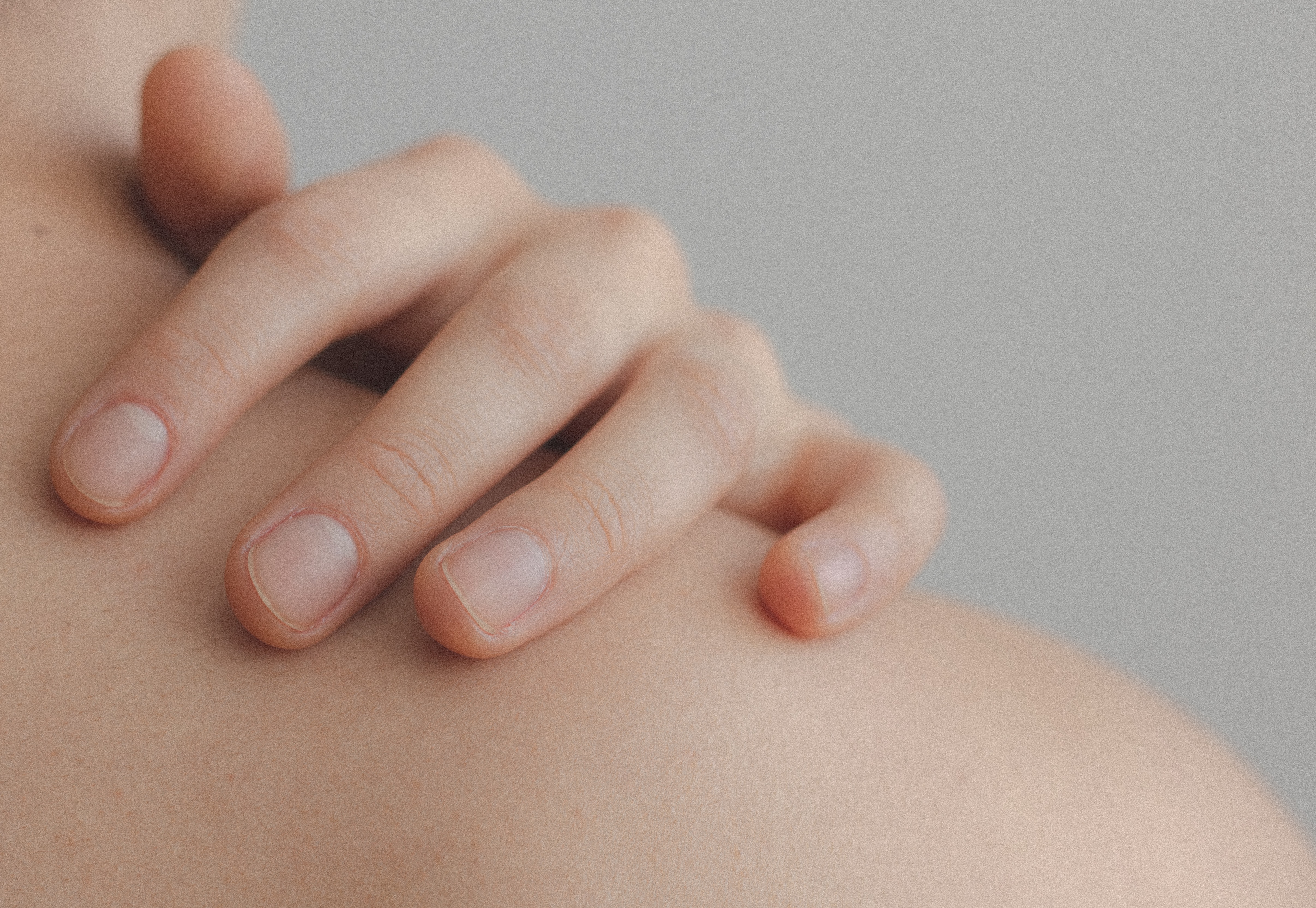
Take this skin quiz to find the best ingredients for your skin and build your skin care routine.
Take The Skin Quiz
Retinol is the ultimate anti-aging beauty product, and retinoic acid is its active form. Retinoic acid is a stronger product than retinol because it contains more of the active ingredient. This means that you’ll see results faster, but you will need a prescription in order to purchase it.
Retinoic acid is used in ointments to treat acne, and it also helps undo sun damage and makes your skin firmer, clearer, and more radiant. It can be used to treat psoriasis, a condition in which skin cells form bumpy patches or scales.
Retinoic acid is harsh and the skin gets used to it, so you need to keep using it in increasingly large doses to get long-term effects. Another, slightly alarming, the downside is that the first few weeks, as your skin gets used to the product, it may get excessively dry and red, and start to peel – which you don’t want happening on your face.
Adult acne, or post-adolescent acne, is acne that occurs after age 25. For the most part, the same factors that cause acne in adolescents are at play in adult acne. The four factors that directly contribute to acne are: excess oil production, pores becoming clogged by “sticky” skin cells, bacteria, and inflammation.
There are also some indirect factors that influence the aforementioned direct factors, including
Simple, non-irritating skin care products are important for anyone with acne. Choose products that are gentle and safe for skin with acne, and eliminate products that are harsh and can make matters worse. It’s also important not to squeeze or pick at acne lesions, as that can worsen discoloration and scarring.
retinoic acid may be effective for adult acne, but there are many other factors that may affect whether this ingredient would work on your skin or if there are better ingredients that may work for you. Take this skin quiz to find the best ingredients for your skin and build your skincare routine.
Next: Does Eucalyptus work on rosacea ?